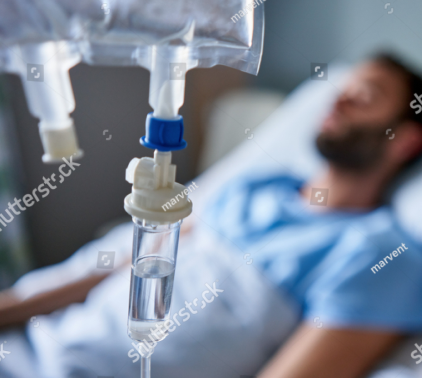Sex after your vasectomy. When is it safe to have sex after a vasectomy.
You'll need to abstain from sex for the first week after your procedure while you recover. Once you're physically able to have sex again you'll need to use another form of protection, such as condoms, until your semen is confirmed to be clear of all sperm.
Once you’ve recovered and had your sperm tested you'll be able to have sex without contraception. For the first 3 months after your procedure, it's crucial that you use contraception during sex. Until you have your semen test and we ensure that no sperm is present, it’s still possible for you to get someone pregnant.
It's also important to remember that your vasectomy won’t protect you from STIs. So always use barrier protection, such as condoms, in situations where there might be a risk of STIs. Your vasectomy will not impact your sexual performance or ability to ejaculate.
In fact, many men who have had vasectomies report enjoying more frequent and satisfying sex since they’re no longer concerned about pregnancy; so enjoy your stress free sex!

















